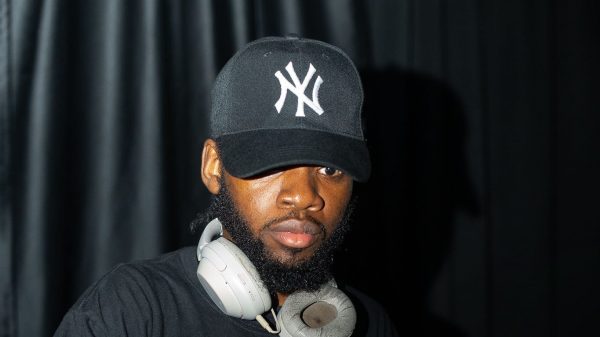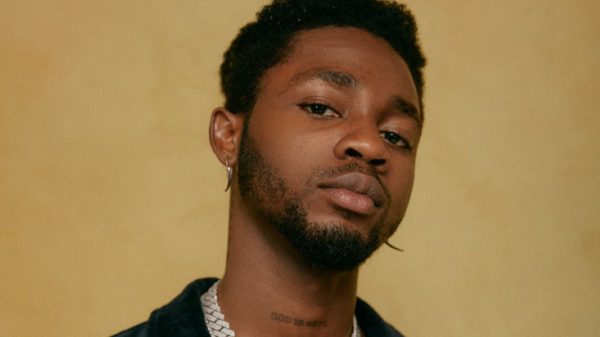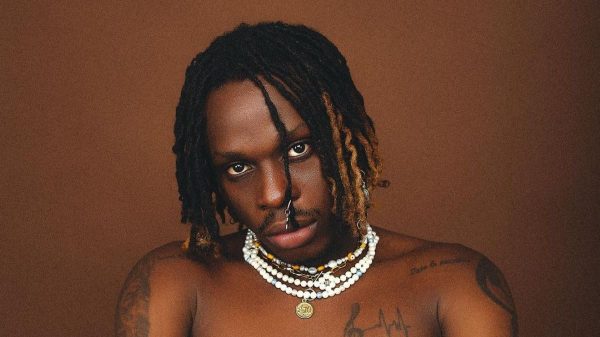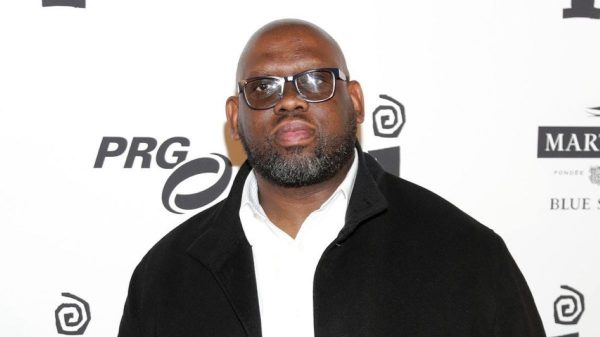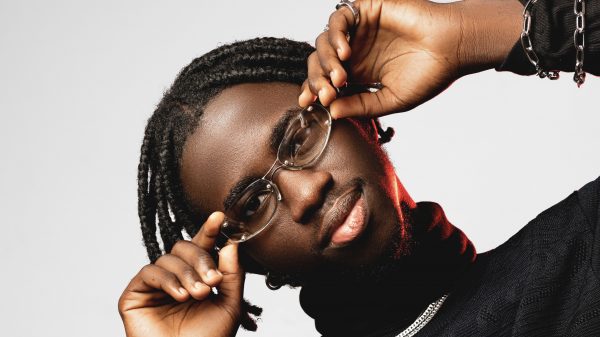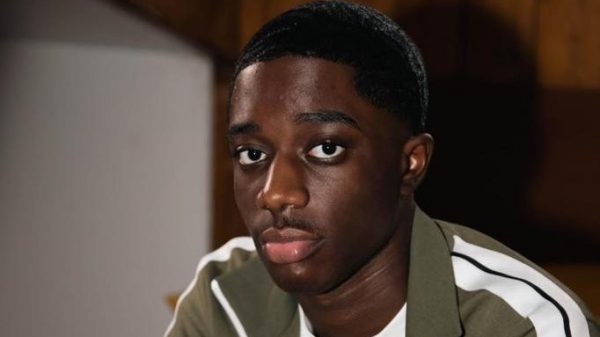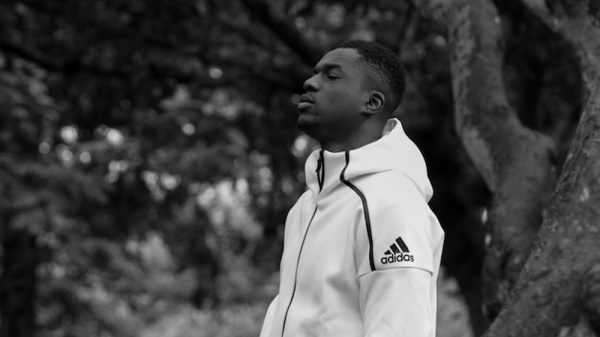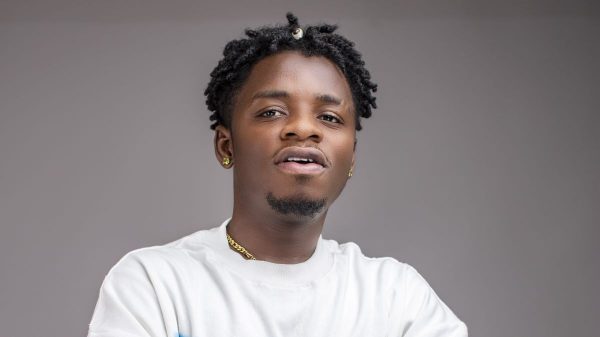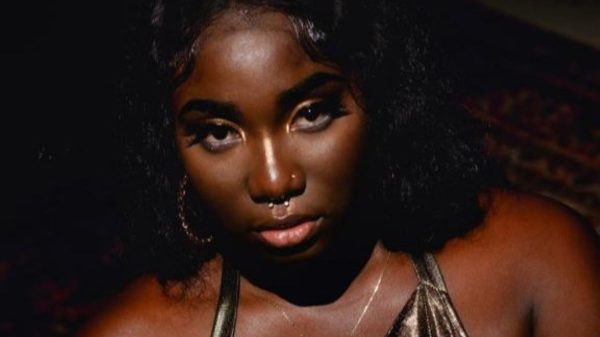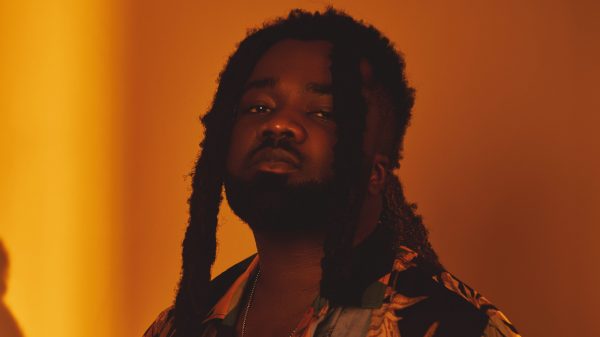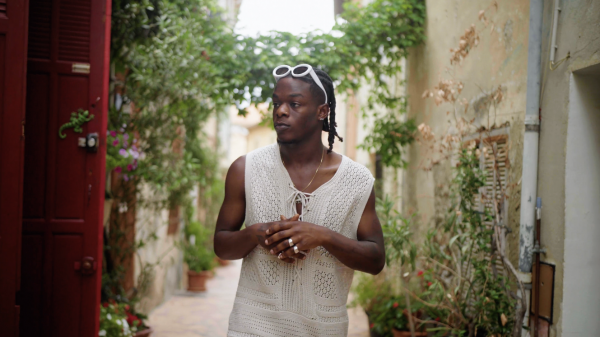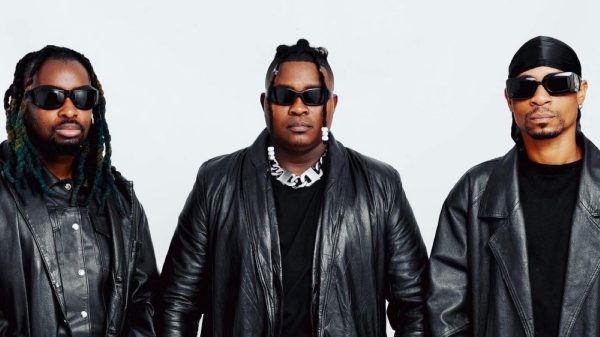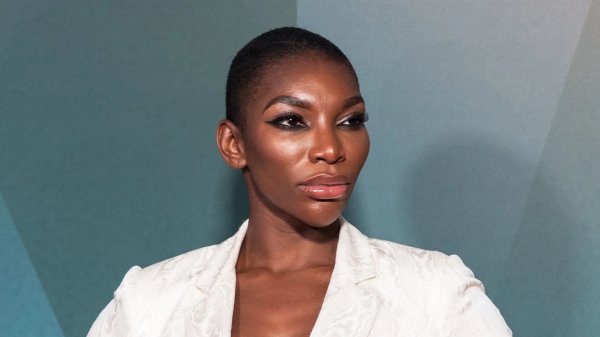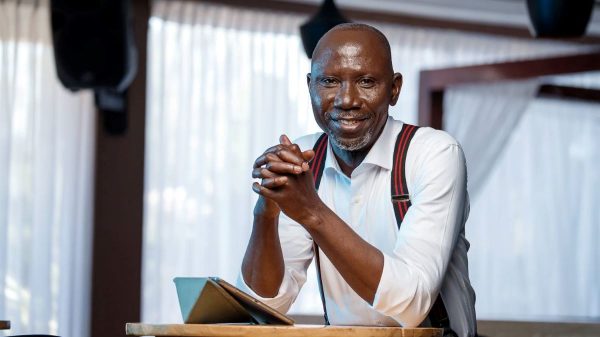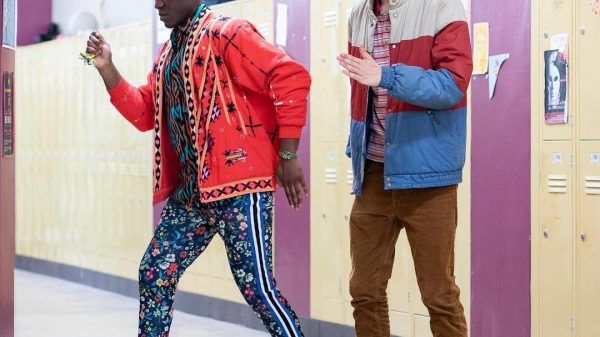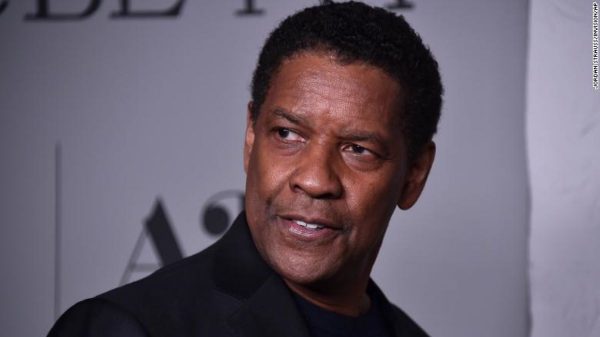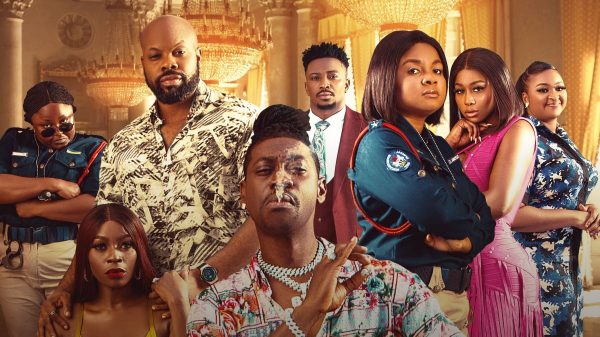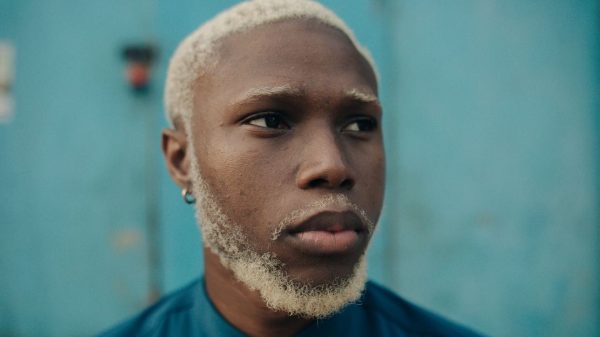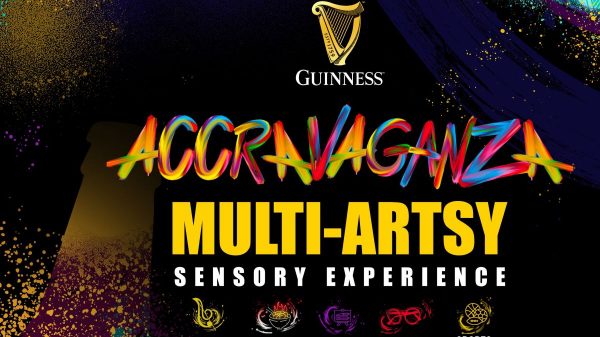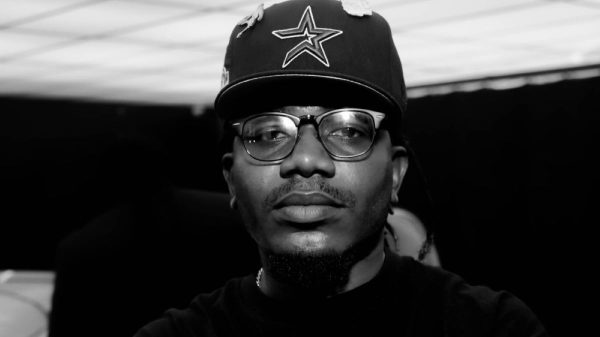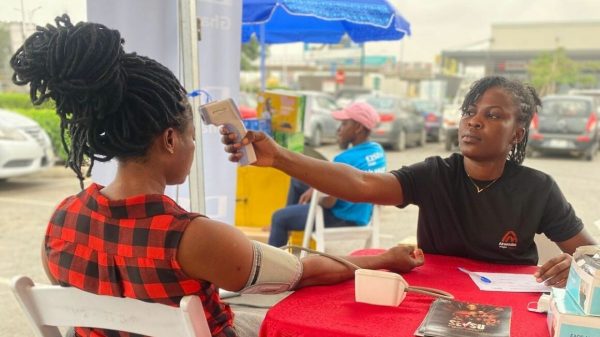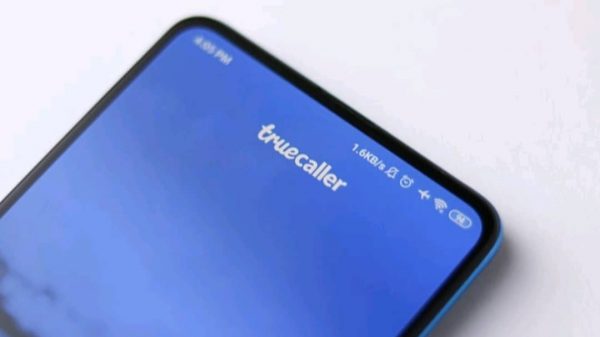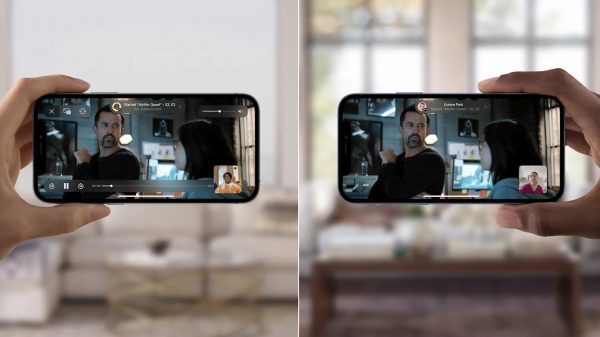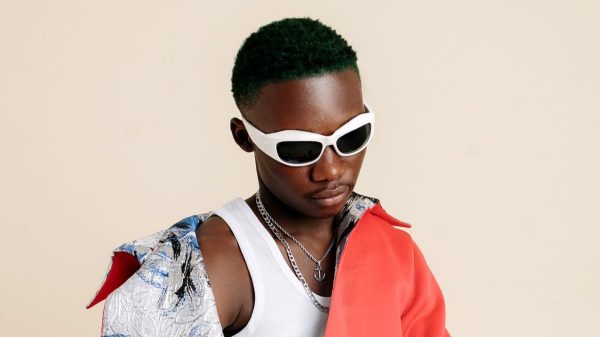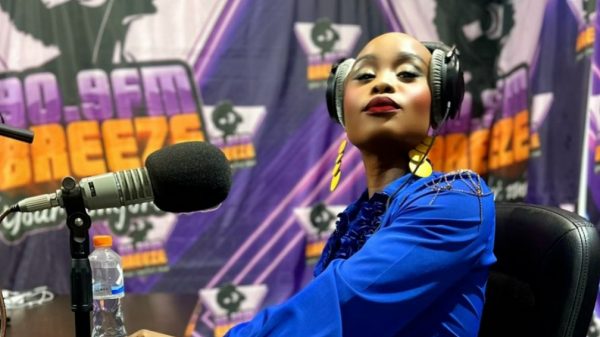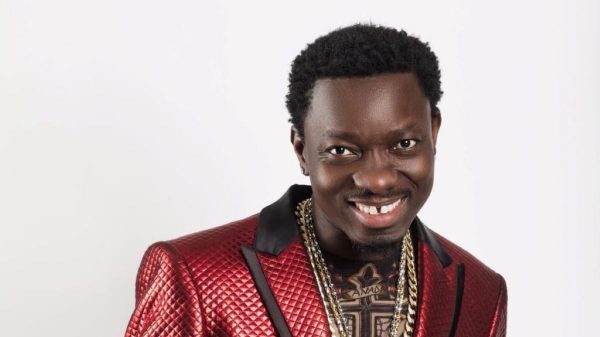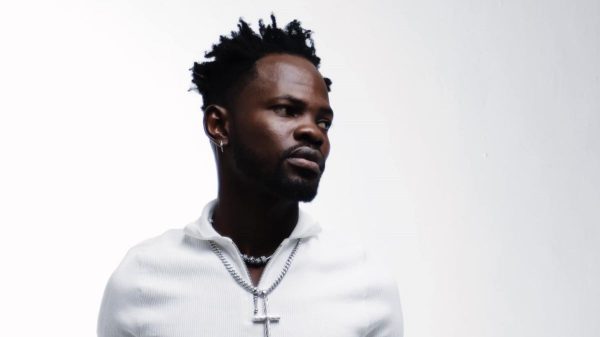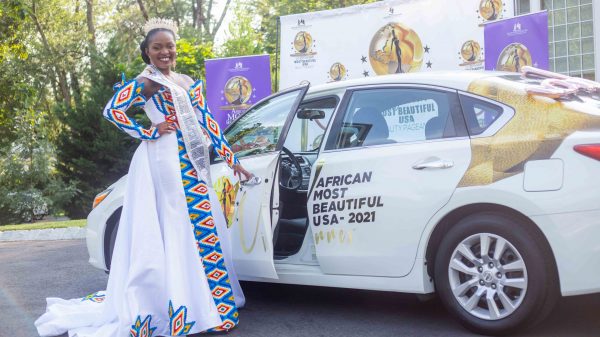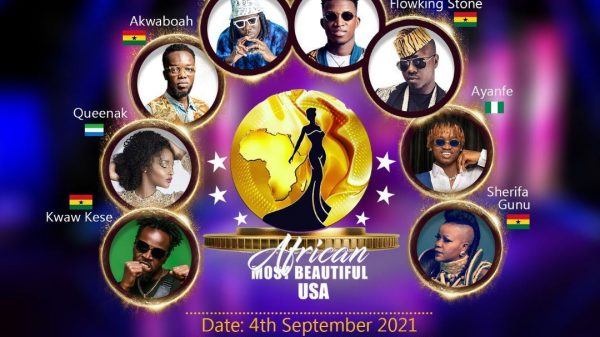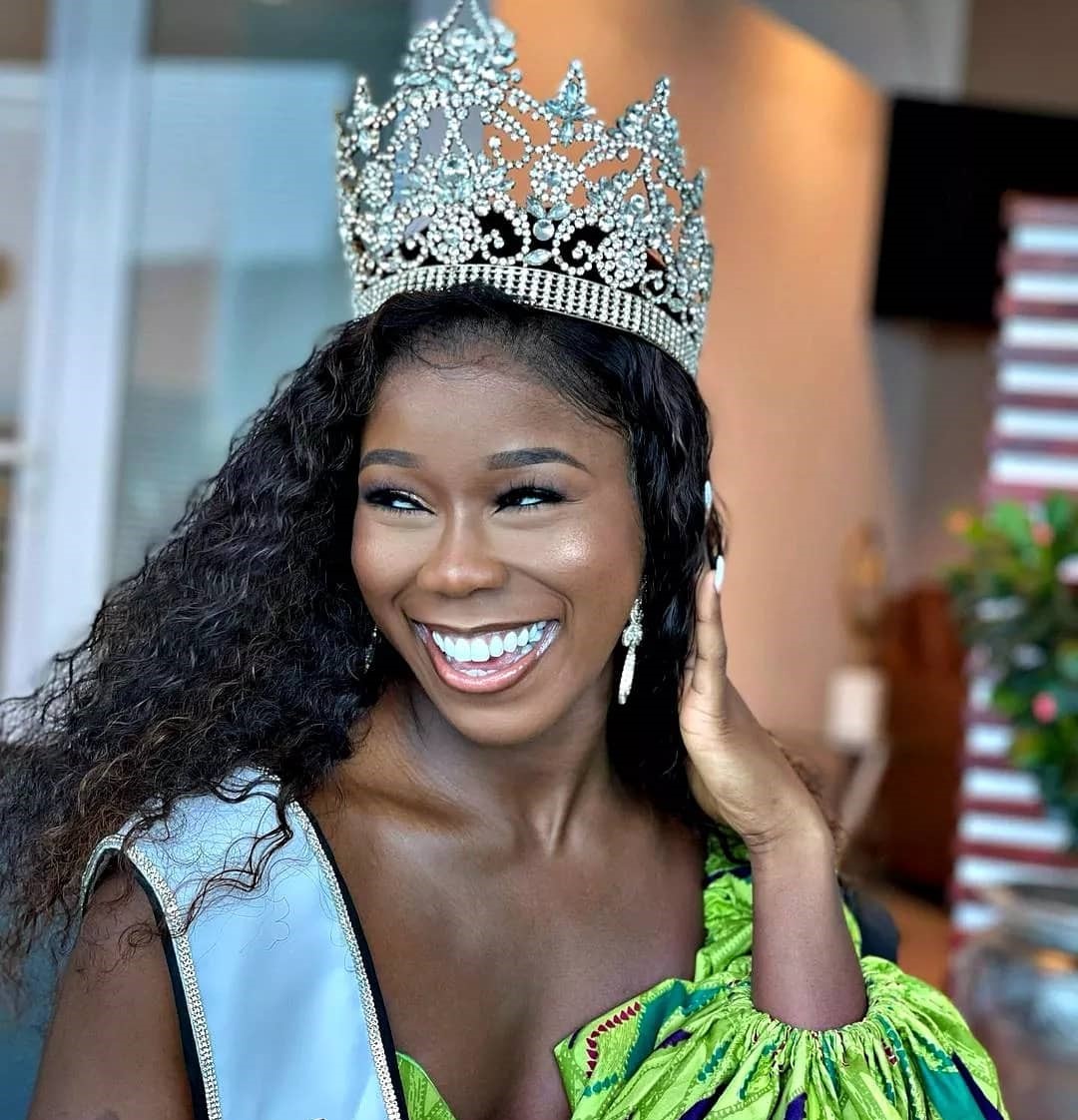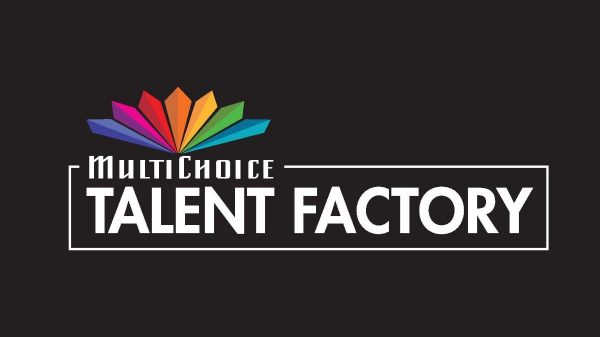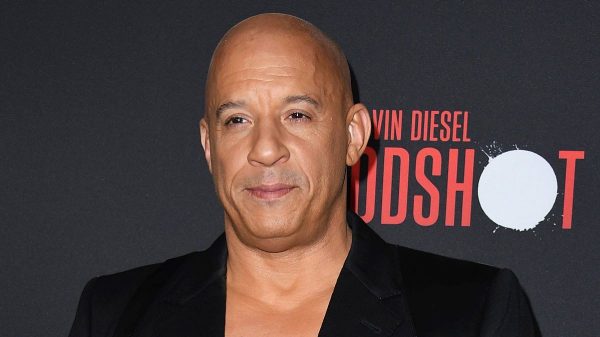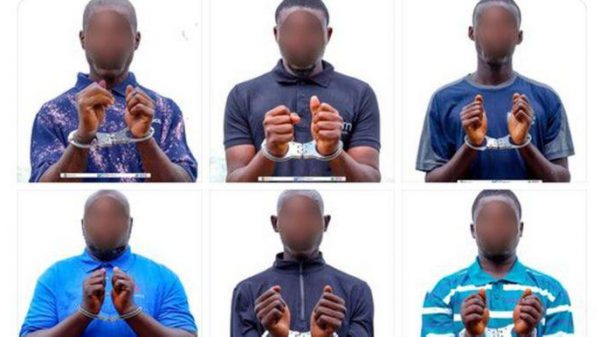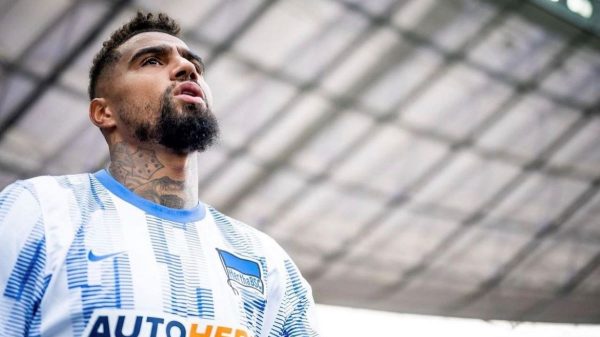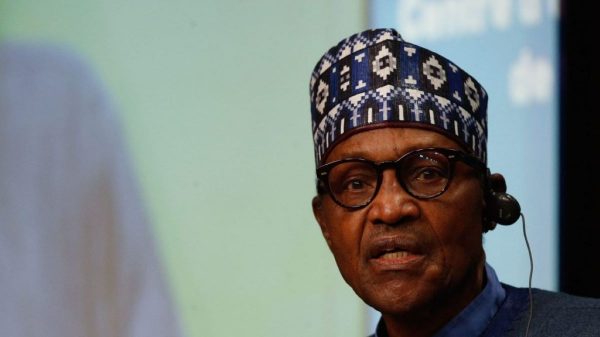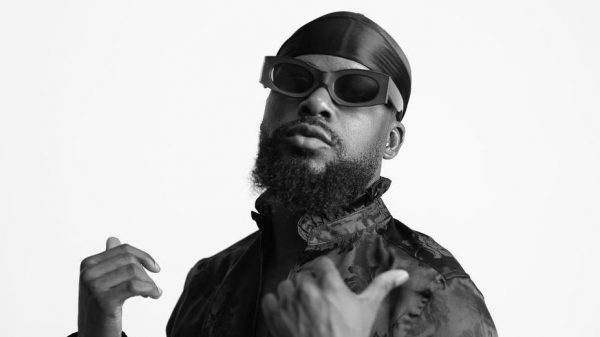The modern-day verified social media account was born in June 2009, when the manager of the St. Louis Cardinals sued Twitter because someone had created an account to impersonate him. In the years since, the question of what verification should mean — and who should be eligible to be verified — has bedeviled every social network that’s ever attempted to do it.
The problems with Twitter’s program have long been evident. The process to become verified was, and still remains, opaque; and Twitter began removing verification badges from people who had behaved badly in the real world, causing many people to conflate verification with some kind of moral endorsement. More recently, Twitter said it had “paused” the program so it could work out some of these issues, and then continued to secretly verify thousands of accounts anyway.
For all its problems, though, Twitter’s double-secret verification program still looks superior to the clunker that YouTube rolled out on Thursday. In a blog post that hit like a bombshell in the creator community, the company said it would begin removing verification badges for an unspecified number of accounts as part of a program overhaul. The newly unverified would be allowed to appeal. But because YouTube said little about which accounts it actually did want to unverify, creators assumed the worst, and posted panicked videos to their subscribers about the coming rapture of the badges.
The core problem with YouTube’s new approach to checkmarks, as I saw it, was that mass unverifying people would seem to reduce trust in the program rather than enhance it. If a badge can be taken away at any time, for any reason, what did it really mean in the first place?
I also take issue with new program’s visual design. The company plans to replace the familiar checkmark badge with a muted gray parallelogram banner whose meaning could not be less clear. YouTube’s rationale is that its users, like Twitter’s before it, have wrongly come to interpret the checkmark as an endorsement of character.
But the gray banner strikes me as being just as easy to confuse. It’s an unfamiliar shape, easy to miss, and now inconsistent with the other platforms where YouTube’s creators do their work. (It will become more familiar over time, of course, but it’s not at all still clear to me that a different shape will end confusion over whether a badge equates to an endorsement.)
Most importantly, YouTube’s proposed changes threatened to create financial problems for thousands of creators who rely on verification to facilitate the brand sponsorship deals that, for so many of them, are their lifeblood. For example, YouTubers who stream their video-game playing posted anxious videos in which they said they would be unlikely to get download codes ahead of time for the games they review. For a creator community that already struggles with the daily specter of copyright strikes and the seemingly random demonetization of their videos, the loss of the checkmark promised to be a heavy blow.
Now, YouTube’s approach to verification absolutely did need to change. The company’s previous policy was to verify accounts with more than 100,000 subscribers even in cases in which it had not, uh, verified the identity of anyone who worked on it. To the extent that YouTube’s new system was meant to actually verify its verified users, it was a good thing.
Fortunately, a day after the outcry, YouTube walked back the worst aspects of its proposed changes. “I’m sorry for the frustration & hurt that we caused with our new approach to verification,” YouTube CEO Susan Wojcicki tweeted. “While trying to make improvements, we missed the mark. As I write this, we’re working to address your concerns & we’ll have more updates soon.”
The most important change YouTube made in response to criticism is that it no longer plans to mass-unverify creators or force them to file appeals to keep their checkmarks. (The rollout of the gray parallelogram has been kicked down the road as well, and here’s hoping it gets a redesign along the way.) And incidentally, I still think YouTube can and should remove the badge on any verified channels that are actively misrepresenting themselves. If the company discloses those moves publicly with a clear rationale, it should serve to increase trust in the platform.
Before today, I would have said that the company that has done the best job with verification to date has been Instagram. The company’s approach to issuing checkmarks has been judicious but consistent: they are available mostly to accounts that are at risk of impersonation. Instagram lets anyone apply for a checkmark, and they seem to be mostly fairly distributed.
But today we learned that Instagram has also used the checkmark in an anti-competitive matter. Here’s Georgia Wells and Deepa Seetharaman in the Wall Street Journal, in an excellent story about information Snap has provided to the Federal Trade Commission for its antitrust investigation into Facebook:
Instagram representatives also started pressuring influencers to stop adding Snapchat links to their Instagram profile pages, according to people familiar with the conversations.
The Instagram representatives suggested to some influencers that they could potentially void the users’ “verified” status, which signifies that an account is legitimate and popular, according to one of those people.
Losing the blue check mark that comes with being verified can undermine an influencer’s ability to secure paid deals, which can range from hundreds to millions of dollars depending on the influencer’s popularity.
In each platform’s verification mess you can see what it truly fears: for Twitter and YouTube, it’s the user base; and for Facebook, it’s competition.
In any case, the goal of verifying users remains a noble one. When administered properly, these programs make us feel more confident about the authenticity of our news and video feeds. Perhaps someday we’ll see a system that meaningfully expands its number of verified users in a way that makes us trust the platform more — and isn’t secretly using it as a cudgel with which to beat its rivals.
As it stand, though, that day seems a good ways off.
THE RATIO
Trending up: Twitter released new data on state-backed information operations, including 200,000 fake accounts based in China that were trying to sow discord about the protests in Hong Kong, and six accounts linked to Saudi Arabia’s state-run media apparatus. Twitter permanently suspended the accounts. (Twitter).
Trending up: Twitter launched “hide replies” in the United States and Japan to give people more control over what they see in their mentions. The feature allows the person who started a conversation to hide any replies to it, making them less visible to other users and giving people less incentive to troll. (Zoe Schiffer / The Verge)
Trending sideways: Facebook is building a new AI system that promises to improve your appearance by suggesting easy fashion fixes (change your sweater) and adjustments (tuck in your shirt). What brave new world will this AI bring forth? (Facebook)
GOVERNING
⭐ House lawmakers asked more than 80 companies for information about how their businesses may have been harmed by Amazon, Apple, Facebook and Google. Although the businesses are not disclosed here, they likely include competitors like Oracle, News Corp., Spotify, TripAdvisor and Yelp. Here’s Jack Nicas and David McCabe at The New York Times:
The committee is examining accusations that the big companies favor their own products over rivals, buy smaller firms to head off competition and leverage their size to further cement their dominance.
Lawmakers are also scrutinizing how the companies avoid taxes, are used to spread disinformation and handle people’s personal information.
A national campaign to take down Amazon is being funded by the company’s biggest rivals, including Walmart and Oracle. The nonprofit running the campaign claimed it was a grassroots effort. ( James V. Grimaldi / The Wall Street Journal)
A pro-Trump Facebook page with 1.1 million fans is being run by people in Ukraine. Facebook said the page doesn’t violate its “coordinated inauthentic behavior” policy, but then removed it a day later. (Judd Legum / Popular Information)
Facebook removed 65 Facebook accounts and 35 Instagram accounts for violating its coordinated inauthentic behavior policy in Spain. The accounts were linked to people associated with Spain’s center-right Partido Popular Party. (Nathaniel Gleicher / Facebook)
Facebook’s cryptocurrency Libra will be backed primarily by the US dollar, the company said. The move comes amid growing questions about the cryptocurrency’s potential affect on global financial marets. (Reuters)
As part of Twitter’s crackdown on misuse of the service by the government of Saudi Arabia, the company also suspended the account of Saud al-Qahtani. He’s a former adviser to the royal court who was implicated in journalist Jamal Khashoggi’s murder. (Kareem Fahim / The Washington Post)
An engineer staged a one-man protest by pulling his code off Github after he found out a company using it worked with ICE. The company just announced it won’t renew its contract with the agency. (Zoe Schiffer / The Verge)
Nearly two-thirds of Americans support breaking up big tech companies by undoing recent mergers (like Facebook’s acquisition of Instagram), according to polling from progressive think tank Data for Progress. (Emily Stewart / Vox)
INDUSTRY
⭐ Snap is getting a hard-earned chance to air its grievances over competition issues with Facebook. Snap kept a dossier on all of Facebook’s attempts to kill the company, which it branded “Project Voldemort.” As Georgia Wells and Deepa Seetharaman report in The Wall Street Journal, the allegations range from Facebook stopping popular Snap content from trending on Instagram to more surprising tactics:
The files in Voldemort, a reference to the fictional antagonist in the popular Harry Potter children’s books, chronicled Facebook moves that Snap officials believed were a threat to undermine Snap’s business, including discouraging popular account holders, or influencers, from referencing Snap on their accounts on Instagram, which Facebook owns, according to people familiar with the project. Executives also suspected that Instagram was preventing Snap content from trending on its app, the people said.
Facebook suspended tens of thousands of apps over improper data use. I had a fairly muted reaction to this one, since Facebook said during the Cambridge Analytica scandal that it was likely that most Facebook users had their personal information shared with one or more of these apps. (Zoe Schiffer and Nick Statt / The Verge)
Google is bringing humans back to review audio recordings from its assistant. Google paused human reviews in July after a contractor leaked audio clips to a journalist, part of a broader reckoning over the use of human review for home speakers. (Gerrit De Vynck / Bloomberg)
Google launched a new service called Google Play Pass, which gives Android users access to more than 350 games and apps with no ads or in-app purchases. It’s available for $4.99 a month and arrives hot on the heels of the game-only Apple Arcade. (Dieter Bohn / The Verge)
Facebook is killing group stories, a feature that lets people in groups post ephemeral videos and photos. Is this the first Facebook stories product to disappear? (Queenie Wong / CNET)
Facebook acquired Servicefriend, an Israeli startup that builds bots to help customer service teams. The bots will likely power the company’s digital wallet Calibra, which is being developed in conjunction with Libra. (Ingrid Lunden / TechCrunch)
A report shows how easy it is to track someone around a city via their Instagram stories. BuzzFeed was able to identify half a dozen people by cross-referencing video footage from public webcams with Instagram stories taken and shared in Times Square. (Megha Rajagopalan, Alison Killing, Jeremy Singer-Vine and Hayes Brown / BuzzFeed)
Scammers are tricking brands into giving them free stuff by pretending to be influencers on Instagram. They create email addresses and websites that look like they belong to actual influencers and then contact brands asking for free products. (Taylor Lorenz / The New York Times)
TikTok users are obsessed with celebrity lookalikes. Lookalike challenges — where users post short videos impersonating a particular celebrity — got a collective 1.9 billion views over the past year.
AND FINALLY…
Architecture is an unexpectedly good metaphor for online privacy
The Tate Modern currently has an exhibit that tries to represent the variable privacy each social network affords by representing them as physical spaces, reports Katharine Schwab. And, uh:
One of the most private places online you can go is a direct message—and the exhibition compares this type of interaction to the bathroom (though the metaphor doesn’t quite work here: the loo is usually a place that you occupy alone). In the exhibition hall, there’s a chair set up within a circular curtain, complete with a toilet paper holder, to complete the illusion.
Museums! (Please let us know if you go to this exhibit.)


